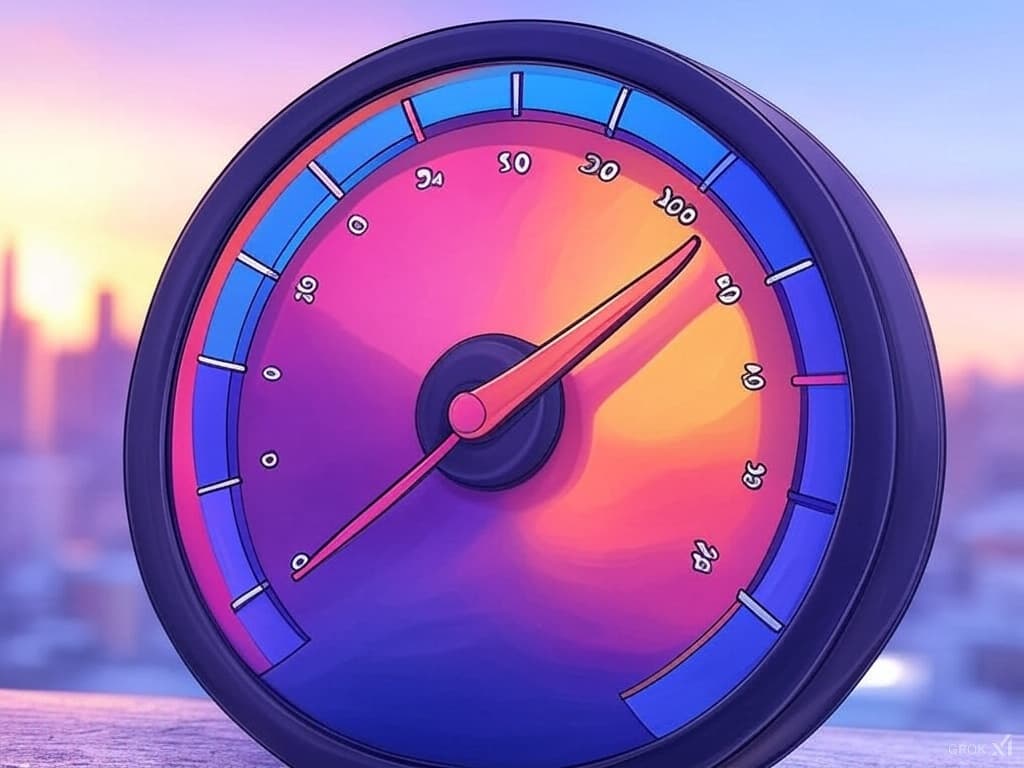The Hidden Speed Killers in Your Website's Images: A Content Creator's Guide to Optimization

You've just published that perfect blog post with stunning visuals, but something feels off. Your site is loading slower than a snail climbing a wall, and those beautiful images might be the culprit.
In this guide, you'll discover:
- Why your perfectly-sized images might still be sabotaging your site speed
- The three most overlooked image optimization techniques that pros use
- How to fix common image issues without sacrificing quality
Why Are Your Images Secretly Slowing Things Down?
Let's be honest - we've all been there. You resize your image to the exact dimensions needed, yet your website still crawls. Here's the thing: size isn't the only speed killer lurking in your images.
Did you know? Even a 1-second delay in page load time can result in a 7% reduction in conversions.
The Invisible Bandwidth Bandits
Your images might be harboring hidden data that's eating up precious loading time:
- Unnecessary metadata
- Improper file formats
- Uncompressed image data
The Three Most Common Image Mistakes
1. Wrong Format for the Wrong Job
Using PNG for photographs when JPEG would do just fine is like using a sledgehammer to hang a picture frame - massive overkill that slows everything down.
2. Skipping Modern Image Formats
WebP and AVIF formats can reduce file size by up to 50% compared to traditional formats, yet many content creators aren't using them.
3. Lazy Loading Gone Wrong
Implementing lazy loading incorrectly can actually hurt your Core Web Vitals scores instead of helping them.
Quick Fixes for Common Image Issues
Format Selection Guide:
- JPEG: For photographs and complex images with many colors
- PNG: For images with text, lines, or transparency
- WebP: Modern alternative that works well for both
- SVG: For logos, icons, and simple graphics
Advanced Optimization Techniques
Beyond the basics, here are some pro-level strategies:
- Implementing responsive images with srcset
- Using CSS sprites for interface elements
- Setting up a CDN for global image delivery
FAQ: Common Image Optimization Questions
Q: Will image optimization affect quality?
A: When done correctly, optimization can reduce file size by 30-70% without visible quality loss.
Q: How small should my images be?
A: Aim for under 200KB for large images, under 100KB for medium-sized images, and under 30KB for thumbnails.
Image optimization doesn't have to be complicated. Start with the right format, embrace modern image types, and use appropriate compression tools.
Ready to take action? Begin by auditing your site's current image sizes using tools like GTmetrix or WebPageTest.